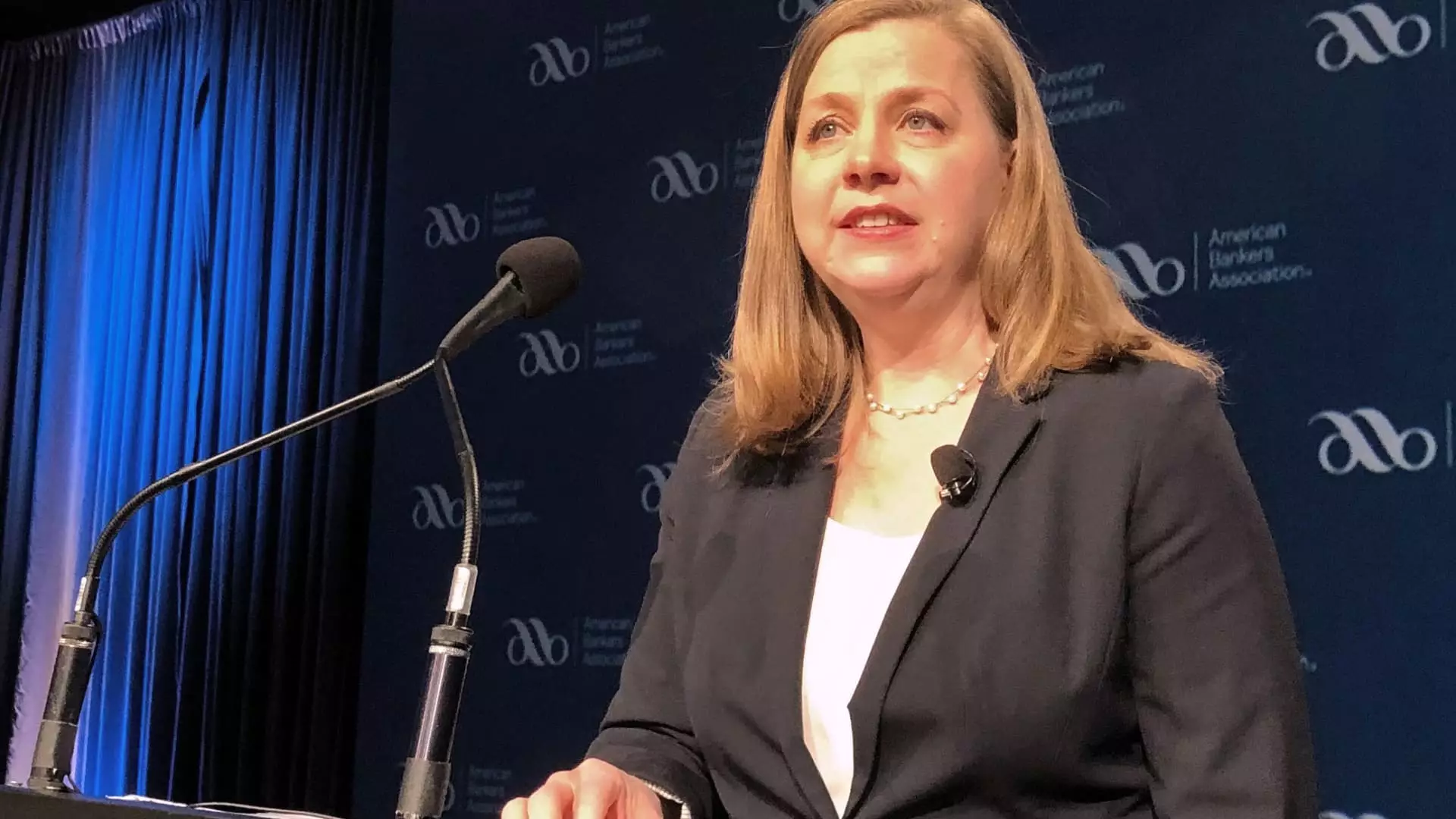The commentary from Federal Reserve Governor Michelle Bowman sheds light on the intricacies of the current monetary policy environment. As she articulated in her recent address, there seems to be a consensus within the Fed that interest rates are presently positioned at a suitable level. However, the path ahead is fraught with uncertainties, particularly concerning the persistent inflation that has proved more formidable than anticipated. Presently, Bowman emphasizes a cautious approach—one that prioritizes empirical data over preemptive rate reductions. This approach signals an inherent understanding that monetary policy must be adaptive and responsive to economic signals rather than driven by speculative forecasts.
Bowman’s comments underscore a critical issue: inflation, particularly in core goods prices, has shown resilience, complicating efforts to achieve a stable economic environment. Since last spring, the inflation trajectory has not only defied expectations but has also continued to accelerate, calling into question the effectiveness of previous monetary interventions. This situation suggests a delay in the anticipated normalization of prices, thereby necessitating a more patient strategy from the Fed. The suggestion that disinflation may take longer than hoped indicates a need for vigilance and nuanced adjustments rather than rapid policy shifts.
The recent consumer price index (CPI) data aligns with Bowman’s concern, as January’s inflation rate exceeded projections—0.5% month-over-month versus the expected 0.3%. Such discrepancies demonstrate that economic indicators are not merely numbers but narratives that can drastically influence monetary policy. The annual inflation rate resting at 3%, exceeding the predicted 2.9%, further complicates the Fed’s job. When central banking is influenced by real-time data that deviates from forecasts, the decision-making process becomes increasingly intricate and fraught with potential pitfalls.
Maintaining the target interest rate range of 4.25% to 4.5% reflects a deliberate choice to foster a climate of cautious optimism. This positioning enables the Federal Reserve to observe trends and changes in inflation while allowing for flexibility in response to economic shocks or changes in labor market dynamics. Bowman’s acknowledgment of the risks surrounding price stability amidst a strong labor market highlights an essential dichotomy—that robust employment figures can coalesce with rising inflation, thereby complicating the conventional view of economic health.
Moreover, the broader impacts of geopolitical factors, such as tariffs imposed during President Trump’s administration, cannot be overlooked. Trade tensions with major global partners have generated fears of escalating prices, which could further entrench inflationary pressures. This aspect serves as a reminder that domestic monetary policy is often interwoven with international economic relations. The expectation of interest rate cuts in the coming years has been muddled by these trade conflicts, suggesting that the road to stable economic growth may require not just internal adjustments but a reevaluation of the U.S.’s role in global trade.
Bowman’s insights reflect a broader institutional hesitance to rush into monetary policy shifts based solely on transient economic indicators. The Federal Reserve is navigating a complicated landscape necessitating careful analysis and alignment with unfolding economic realities.

